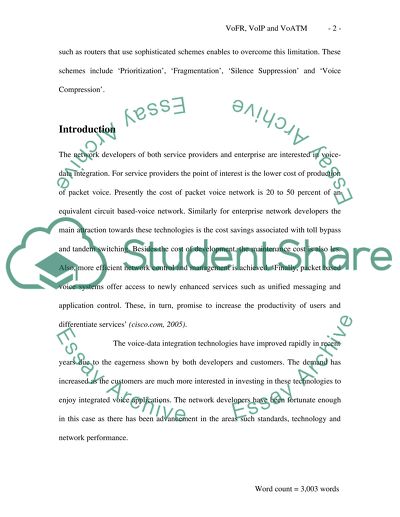Cite this document
(“VoFR, VoIP and ATM Essay Example | Topics and Well Written Essays - 2500 words”, n.d.)
VoFR, VoIP and ATM Essay Example | Topics and Well Written Essays - 2500 words. Retrieved from https://studentshare.org/miscellaneous/1518054-vofr-voip-and-atm
VoFR, VoIP and ATM Essay Example | Topics and Well Written Essays - 2500 words. Retrieved from https://studentshare.org/miscellaneous/1518054-vofr-voip-and-atm
(VoFR, VoIP and ATM Essay Example | Topics and Well Written Essays - 2500 Words)
VoFR, VoIP and ATM Essay Example | Topics and Well Written Essays - 2500 Words. https://studentshare.org/miscellaneous/1518054-vofr-voip-and-atm.
VoFR, VoIP and ATM Essay Example | Topics and Well Written Essays - 2500 Words. https://studentshare.org/miscellaneous/1518054-vofr-voip-and-atm.
“VoFR, VoIP and ATM Essay Example | Topics and Well Written Essays - 2500 Words”, n.d. https://studentshare.org/miscellaneous/1518054-vofr-voip-and-atm.


